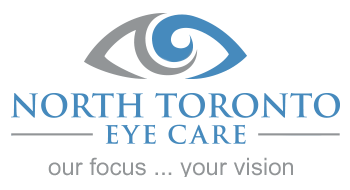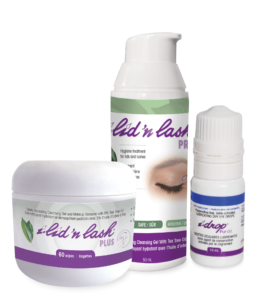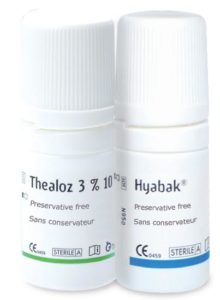Prevention And Treatment
Click Here For More Information
MGD looks different for different patients
Eyes burning, itching, stinging? Or maybe even no symptoms at all? Everyone’s eyes may feel different, but Meibomian Gland Dysfunction (MGD) could be present. MGD is a chronic progressive and obstructive condition, so maintaining healthy eyes before you become symptomatic is key.
Treatment of Dry Eye
Treatment for dry eye depends on the cause and severity of the condition, as well as the patient’s overall health and personal preference. If you are suffering from Dry Eye Disease, there are many options available at North Toronto Eye Care in Ontario that can help you to manage your symptoms and find relief.
Call or request an appointment today to take the first step toward managing your dry eye symptoms.

Determining the Appropriate Course of Treatment for Dry Eye
By addressing environmental factors as well as direct eye treatments, the eye doctors at North Toronto Eye Care can help you to find relief from your dry eye symptoms. Frequent causes of Dry Eye Disease include:
Environmental Factors
Environmental factors that may cause dry eye disease include the weather and elements, altitude levels, smoke, allergies, and dust.
Lifestyle Factors
Lifestyle factors that can cause dry eye include computer or screen time spent without sufficient blinking, smoking or being around smoking often, contact lenses, LASIK eye surgery, and consumption of certain medications that may cause dry eye.
Physical Conditions
Physical factors that may contribute to Dry Eye Disease include hormonal changes, Thyroid related disorders, and Sjogren’s Syndrome.
Most commonly, Dry Eye Disease is caused by Meibomian Gland Dysfunction, which describes a gland disruption that prevents proper lubrication of the eyes. Blockages disrupt the meibomian glands’ ability to secrete oil, and without the appropriate oil levels tear films evaporate quickly and lead to Dry Eye Disease. In many cases, treatment of Dry Eye Disease necessitates clearing these blockages.
Symptom Management:
- Restasis, a prescription eye drop that increases the number of tears that are being produced and heals the corneal damage associated with dry eye.
- Adding omega-3 fatty acids to the diet as food or supplements. Omega-3s have been known to decrease inflammation and improve tear production.
- The use of artificial tears or a moisturizing ointment/drops. Your doctor may recommend advanced lubricating eye drops that do not contain irritating preservatives. It is typically recommended to use these drops 3-4x/day in both eyes.
- Be aware of your environment. Avoid air conditioning or windy conditions outdoors and increase humidity levels at home or work.
- Wash your eyelids or use warm compresses to control inflammation and keep the area free of excess oils.
- Stop smoking and avoid exposure to second-hand smoke.
- Limit the use of allergy and cold medicines.
- Blinking excercises
Dry Eye Treatment:
Following your consultation, your eye doctor will develop a Customized Treatment Plan to help relieve some of the dry eye symptoms you may be experiencing. Dry Eye is a chronic condition, but it can be controlled with some or all of the following treatment options:
Dry Eye Disease is a chronic medical condition, similar to having high blood pressure or diabetes. Chronic conditions require long term treatment and monitoring to determine the severity of the disease and effectiveness of treatment. Treatment plans will be created on a personalized basis to address the problems indicated by each patient’s clinical examination and diagnostic findings.
Preventing Dry Eye
There are certain steps patients can take to prevent the symptoms of dry eye from occurring, which is especially useful for those at an increased risk of developing symptoms. Simple lifestyle modifications such as wearing protective glasses on windy days, giving your eyes a break during reading or other strenuous tasks can effectively reduce the frequency and severity of symptoms.
Your NTEC doctor in the Greater Toronto Area will provide you with instructions as to how you can avoid the symptoms of dry eye based on your individual condition.


